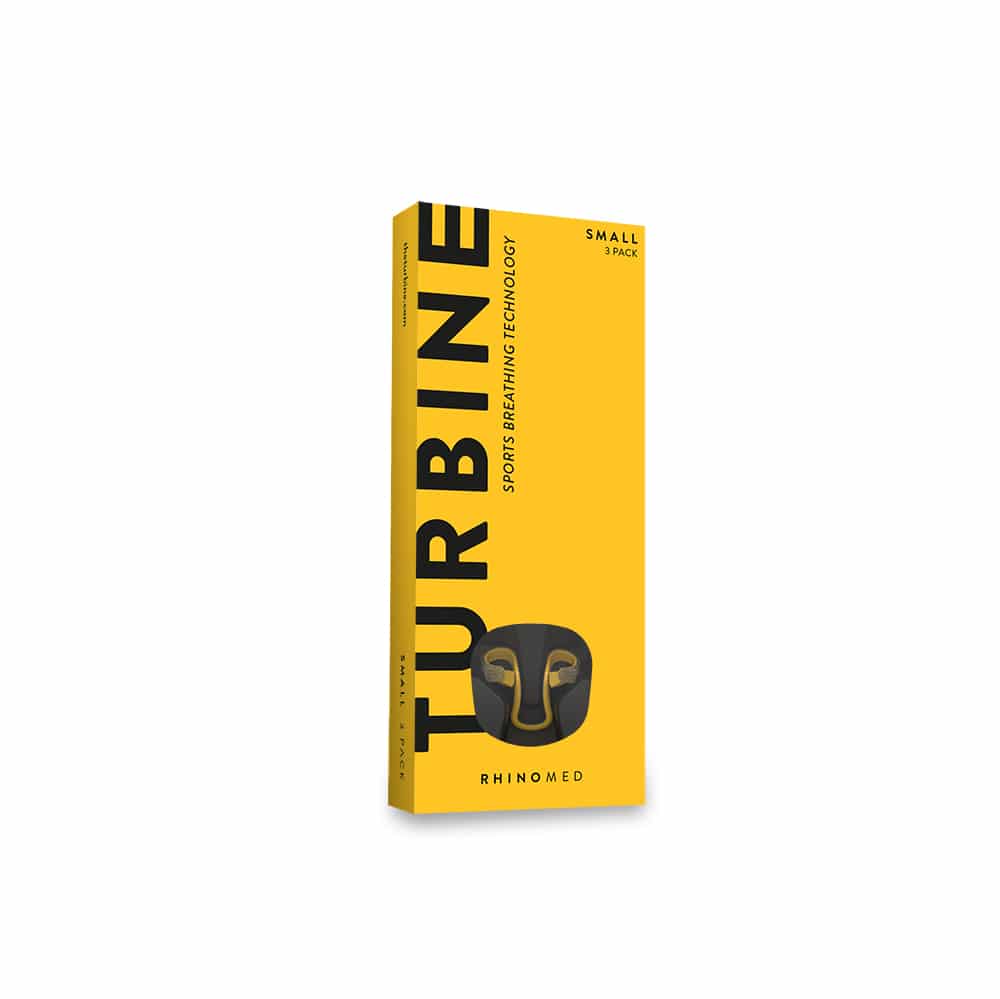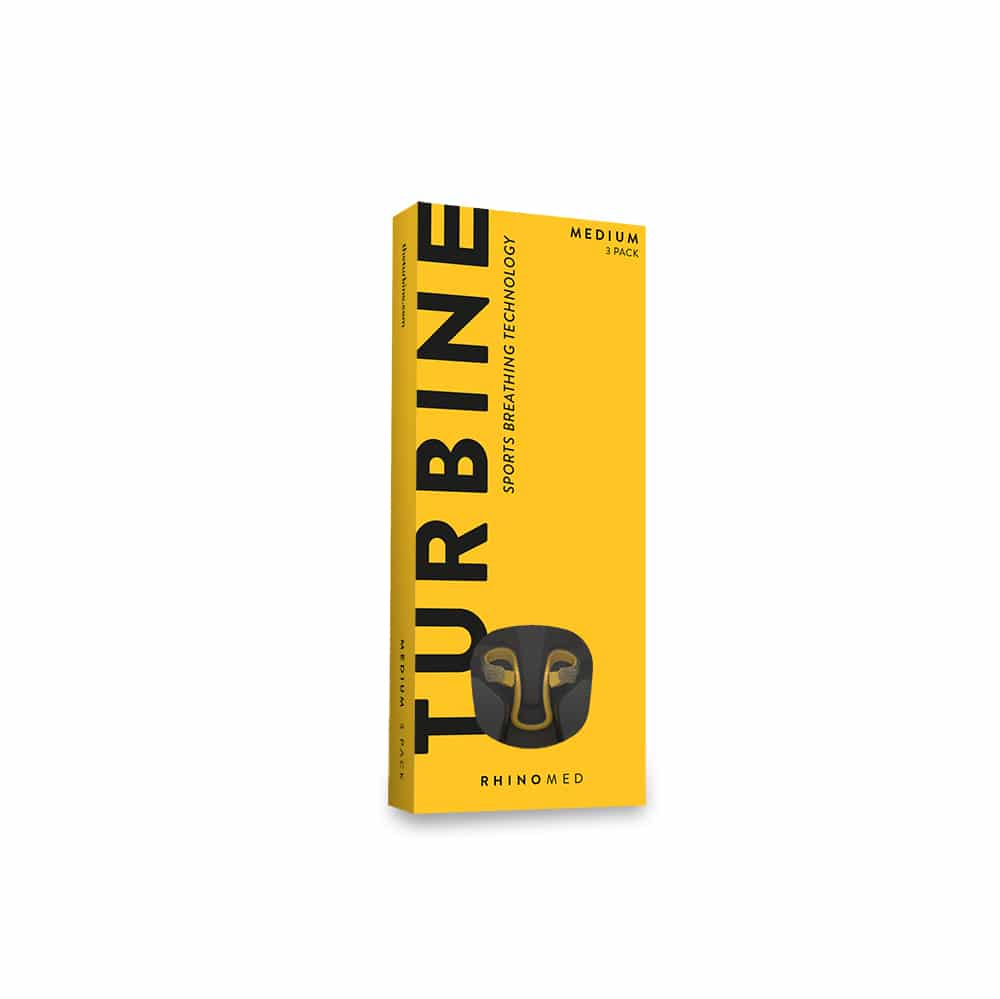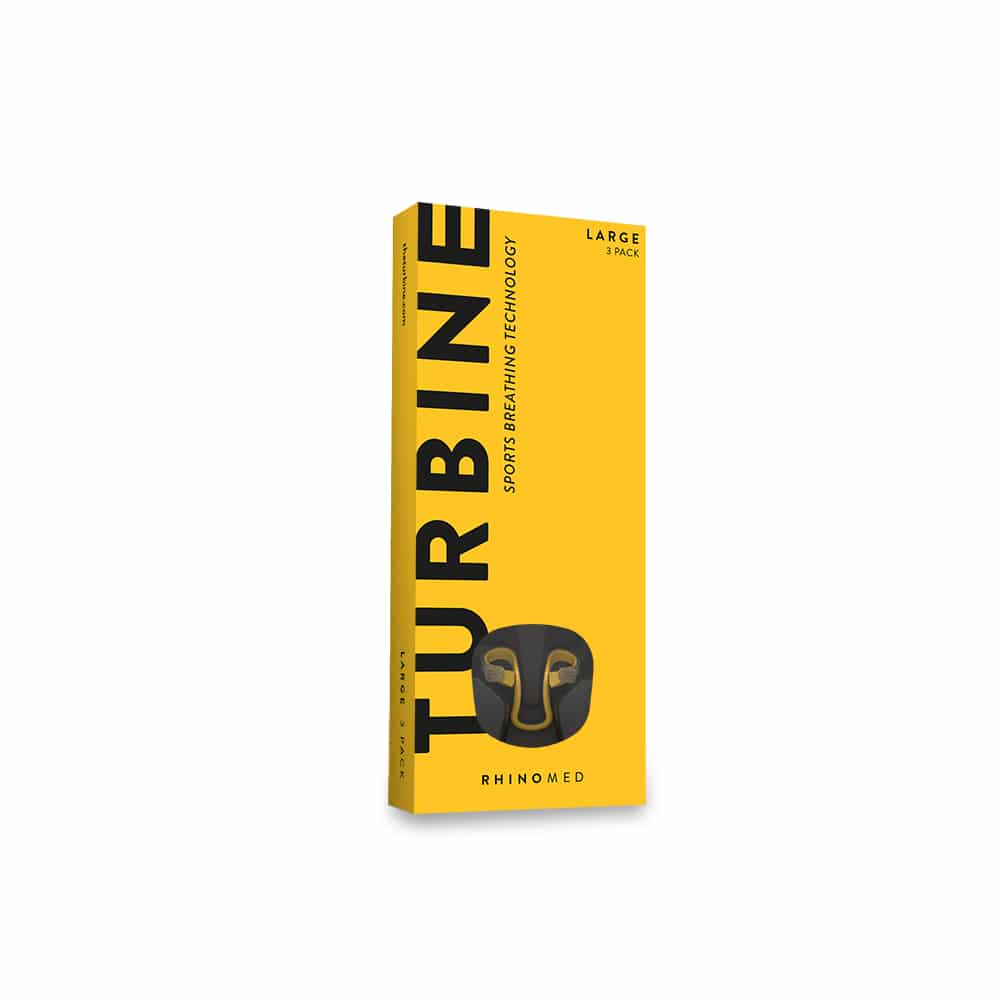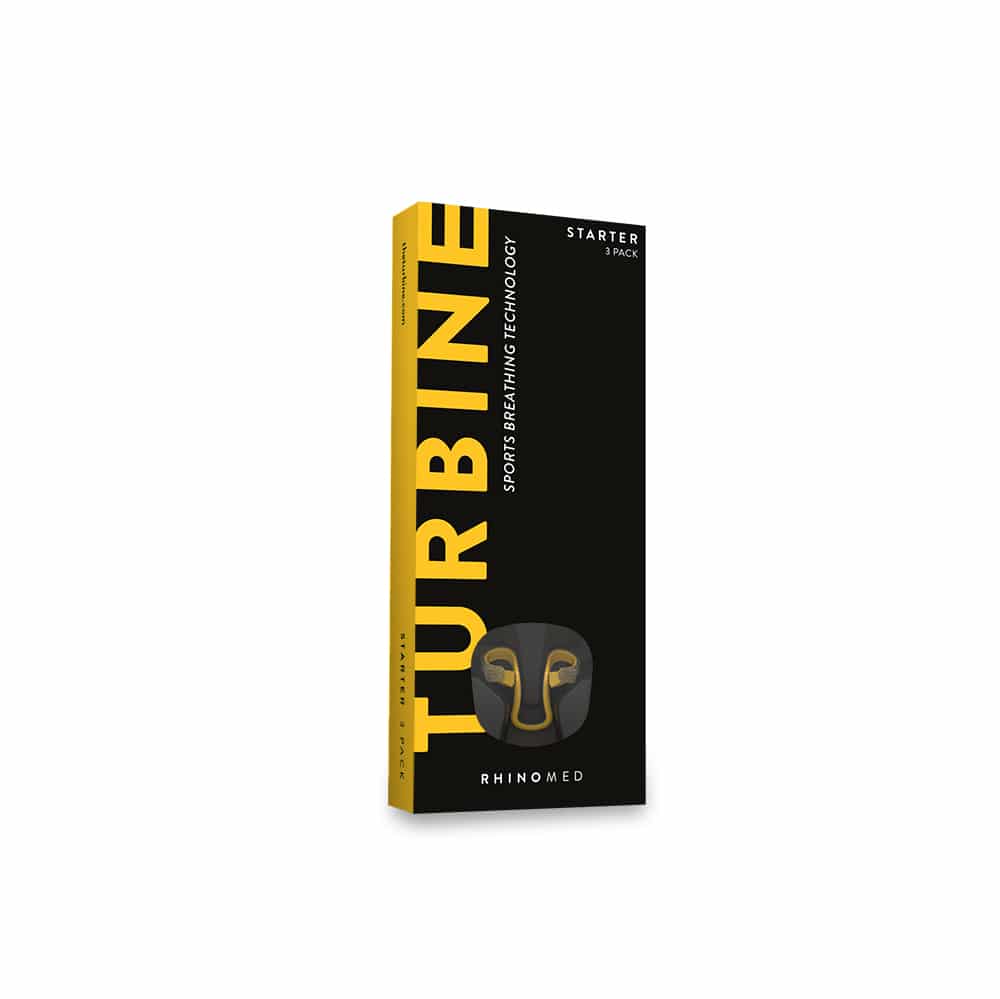Race Day Fluid and Carbs, More or Less?
It’s really hard to get it right. It’s really hard to give people direct advice to get it right. But if you can just understand how the system works, you’ll be a lot closer to almost getting it right. If you could jump on the scales at the end of each hour, the job would be so much easier. So how much fluid with how much carbohydrate and electrolyte? I’m going to try and make this clear in physiological terms and practical terms.
What type of fuel to put in?
Imagine you gut is a filter. It is essentially a water filter, then secondarily an electrolyte and glucose filter. Then, and only then is it a fat and protein filter. The latter items require the most time and remain the most complex items to filter. Indeed they are not required on race day, because you don’t burn much protein (it is not a significant contributor to metabolic requirements) and you have more stored fat than you can use in a day (try a week!). Fat and protein clog the filter, do not use them on race day (unless you’re racing for fun, not performance).
Water never truly clogs the filter. You can drink water almost as much as you like. It even helps when the filter is blocked, by flushing carb and electrolyte through the system. It helps because it dilutes the contents of you gut. The advice on your gel packet reads: “take with water” for this very reason. Water in excess can be a problem with causing bloating the gut, or the other extreme water intoxication (which makes you wee and bleeds sodium from your body). But on the whole, water is helpful.
Carbohydrate and electrolyte do clog the filter, but not as much as fat and protein. There are specific transporters for these substances in your gut membrane. In fact, there are co-transporters which take all three (water, sodium and glucose) in one hit. This is another reason why water should be added to your gut contents when you take a gel. In addition, glucose and electrolyte are vital to maintaining the metabolic output of your muscles. Neither are stored in huge amounts in you body, like fats. This discrete supply means you should focus on their replacement (with water) on race day.
How much fuel to put in?
Everyone has heard the old chestnut about ingesting 1g CHO per kilo of body weight per hour. This is an excellent guide to quantity, but does not take into account the entire story. Other things to note are: electrolyte quantity; mode of ingestion of carb.; exercise intensity; mode of exercise (bike or run); training state; clothing; timing of the race; early/late in the race; length of the event; heat; wind; and topography of the course. There are bound to be a few I’ve forgotten, but these are the main variables.
AAAARRRRGGGGHHHHH! How do you get it right? Firstly, remember how the filter works. Don’t clog it with protein or fat. I make a concerted effort to load my system with some sodium prior to races (esp. long hot races), so that I don’t have to load my gut with extra salt tablets on race day. Don’t be fooled by these tiny tablets, they can make a big difference to the efficiency of your gut. There remains some controversy about whether or not the gut works better on bolus (large volumes to stretch and activate the membrane) amounts or steady drinking. I tend to use the former, because I have a hardy gut and means I can concentrate on the work at hand. Also, I like to think of my gut as a reservoir, that I can constantly top-up with water or concentrate, rather than let it empty at any stage. Taking gels triggers my mind to take water, because it’s a big load for your gut to handle when you’re at race intensity. The higher your intensity, the more you should be wary about loading carb and electrolyte into your gut. Think about the filter getting finer (therefore more likely to clog) as any of the following variables alter: exercise intensity rises; it gets hotter; topography becomes hillier; it gets windier; it gets later in the race; or it’s a really long race. Essentially all these elements compromise the amount of blood you can send to your gut thereby slowing the rate at which it can absorb fluid.
I guess think, think and think some more about what you are doing with your nutrition. Don’t just shovel it in to a schedule of 75g per hour, then get disappointed when your tummy ends up bloated. It’s a complex organ, which interacts with many elements of your race. So treat it with respect, by thinking about your fluid as you put it in. You should always be questioning yourself about the timing and relating it back to how your body is feeling, not behaving like a robot.
What are the over fill danger signs?
If you’ve never pushed your gut or your body to it’s limit, then this won’t have happened to you during exercise. But everyone has had gastro in their lives! Remember what your stomach feels like when you try to drink that first cup of fluid? That’s your warning sign during exercise, that your gut is not emptying. The sooner you can diagnose yourself as having a gut which is delayed, the sooner you can put into play the elements to unblock the filter. If you spot it early, STOP the carbs and electrolyte, and add a bolus water. You’ll feel the plug pull out and your gut starting to empty again. Slowing down will also allow more blood to be sent to your gut, and aid emptying. The slowing need only be transient (~5-10min), which is a hell of a lot faster than walking on the course at the end of a race. If you don’t feel your gut until it’s quite bloated then slow down, stop drinking and wait. If you feel alright after ten minutes, then start to add water in small amounts. Keep the brakes on your pace until your gut is tolerating fair doses of water.
In summary, it’s not a simple case of following a recipe. Your stomach works in mysterious ways, and has good days and bad. But getting in touch with the ways it works in you is crucial to racing well. I can highly recommend race simulations during training where you trial strategies of fluid and gels. Steer clear of the fats and protein, and you should be able to get close to getting it right!
Blowing it!
Dr Mitch



